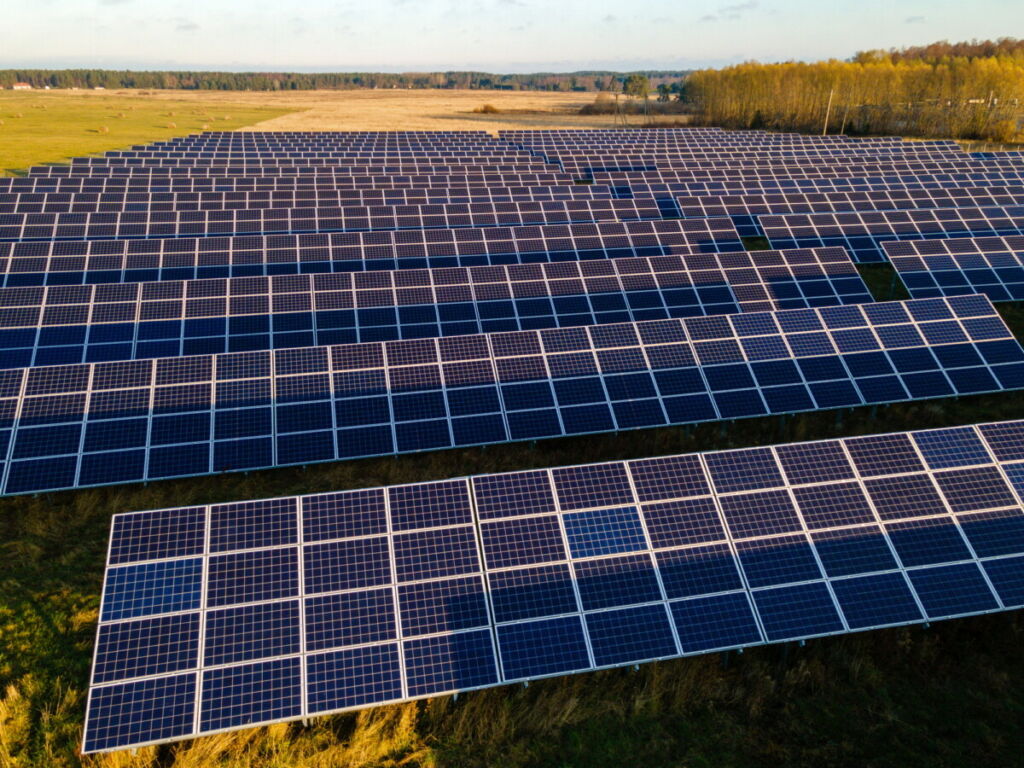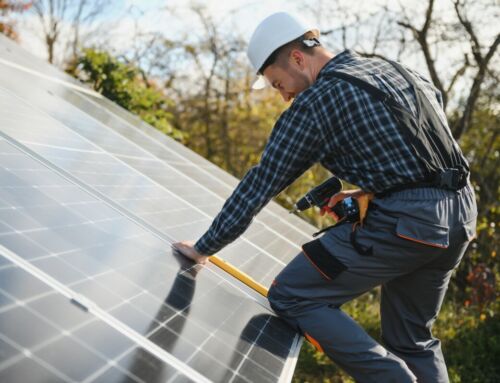Solar panel kit has become a game-changer for homeowners looking to cut down electricity bills and reduce carbon footprints. Whether you’re aiming to go completely off-grid or just want to supplement your power supply with clean energy, understanding solar panel kits is crucial before making a purchase.
In this in-depth article, we’ll walk through what solar panel kits are, what components they include, how much they cost, what to consider before installing, and which kits are best suited for different needs. We’ll also cover a price and feature comparison table, FAQs, and detailed SEO-related insights.
What is a Solar Panel Kit?
A solar panel kit is a bundled package that includes all the basic components required to start generating solar power. It typically includes solar panels, an inverter, a charge controller, and wiring. Some kits also come with mounting hardware and batteries.
Unlike hiring a contractor to custom-build your system, a solar panel kit offers a DIY-friendly way to get started with solar energy. These kits are pre-configured, which makes installation and usage much easier for the average homeowner or RV user.
There are various types of kits available:
-
Grid-tied solar kits – Work with your existing electrical grid.
-
Off-grid solar kits – Store energy in batteries and work independently.
-
Hybrid solar kits – Combine features of both grid-tied and off-grid systems.
What’s Included in a Solar Panel Kit?
A standard residential solar panel kit will typically include the following components:
-
Solar Panels: These are the primary components that convert sunlight into electricity.
-
Inverter: Converts DC power from the panels into AC power for home use.
-
Charge Controller: Protects batteries from overcharging.
-
Battery Storage (Optional): Stores power for use at night or during outages.
-
Wiring & Connectors: For safe and efficient electrical flow.
-
Mounting Hardware: Brackets and rails to mount panels on roofs or the ground.
If you opt for a more advanced or off-grid solution, the kit may include smart controllers, monitoring systems, and higher-capacity batteries.
Solar Panel Kit Pricing and Comparison
Prices vary based on system size, quality of components, and additional features like battery backups or smart controllers.
Here’s a table showing an overview of popular residential solar panel kits:
Table 1: Residential Solar Panel Kit Comparison
| Kit Name | Power Output | Battery Included | Approx. Cost (USD) | Ideal For |
|---|---|---|---|---|
| Renogy 400W 12V | 400W | No | $650 | Small homes, RVs |
| EcoFlow Power Kit | 2kW–5kW | Yes | $2,500–$5,000 | Cabins, off-grid |
| Grape Solar 540W | 540W | No | $900 | Grid-tied homes |
| Bluetti AC300 Kit | 3kW+ | Yes | $4,800 | Large homes |
| Goal Zero Yeti Kit | 1500W | Yes | $3,200 | Emergency backup |
The cost-per-watt is a useful metric to compare kit efficiency. High-quality kits may cost more upfront but last longer and offer better power generation.
Benefits of Using a Solar Panel Kit
The demand for solar panel kits has surged due to their affordability, convenience, and environmental advantages.
-
DIY-Friendly: You can often install it yourself, saving thousands in labor costs.
-
Cost-Effective: Solar panel kits are typically cheaper than custom-installed systems.
-
Modular: You can start small and expand your system as your energy needs grow.
-
Portable Options: Perfect for RVs, camping, or temporary setups.
-
Energy Independence: Ideal for areas with unreliable grid access.
By using a solar panel kit, homeowners also become eligible for solar tax credits and incentives, which can significantly lower the total cost of ownership.
Things to Consider Before Buying a Solar Panel Kit
Before buying any solar panel kit, it’s essential to assess the following factors:
1. Your Energy Requirements
Calculate your average daily power usage in kilowatt-hours (kWh). Check your electric bill to find your usage history. For example, if your home uses 30kWh per day, a 6kW system will be more appropriate than a 1kW portable kit.
2. Roof or Ground Space Availability
Check how much space is available for mounting. Most panels require 15–20 square feet each, and some may perform better if tilted or oriented properly. Ground-mount kits are also an option if roof space is limited.
3. Sunlight Exposure
Solar panel efficiency depends on sunlight. Areas with frequent cloud cover may require more powerful kits or battery backups. Use solar calculators or consult local solar maps to estimate your region’s solar potential.
4. Budget & Long-Term Savings
Solar panel kits have high upfront costs but pay for themselves over time. Depending on local rates, incentives, and energy usage, ROI typically takes 5 to 8 years.
5. Permits and Regulations
Even if you’re installing a kit, some jurisdictions require permits. You may also need to comply with grid-tied interconnection agreements and building codes.

Thinking about solar energy? See how it can lower your bills and elevate your home’s efficiency. Get Your Free Estimate at NewSolar Quotes
Popular Use Cases for Solar Panel Kits
Solar panel kits are incredibly versatile and used in a range of settings:
-
Residential Homes: Reduce grid dependency and lower monthly bills.
-
Cabins and Remote Areas: Enable electricity in off-grid environments.
-
RVs and Boats: Power appliances on the go.
-
Emergency Backups: Ensure essential devices run during power outages.
-
Farms and Workshops: Operate tools and lighting in areas with limited access to electricity.
Installation Process Overview
Most solar panel kits are designed to be plug-and-play, but here’s a quick overview of the setup process:
-
Site Assessment: Determine the ideal location with maximum sun exposure.
-
Mounting the Panels: Secure panels on the roof or ground using provided brackets.
-
Connecting Components: Link panels to the charge controller, then to the inverter and battery (if included).
-
System Testing: Check the voltage, battery charge, and AC output.
-
Grid Tie-In (Optional): For grid-tied systems, connect with your utility provider per their guidelines.
While DIY installation is possible, always follow safety precautions or consult an electrician for final connections.
Cost Breakdown of a Typical Solar Panel Kit Setup
Table 2: Typical Solar Kit Cost Breakdown (3kW System)
| Component | Estimated Cost |
|---|---|
| Solar Panels (3kW) | $3,000 |
| Inverter | $800 |
| Mounting Hardware | $300 |
| Wiring & Connectors | $200 |
| Battery Backup (Optional) | $2,000 |
| Installation Tools | $150 |
| Total | $6,450 |
Note: Prices may vary based on brands and regional supply/demand.
Top Brands Offering Solar Panel Kits
Here are some well-known, reliable brands to consider:
-
Renogy – Known for affordable, portable kits.
-
EcoFlow – Advanced power stations with solar integration.
-
Bluetti – High-capacity systems for serious power users.
-
Goal Zero – Lightweight and mobile-focused systems.
-
Grape Solar – DIY home installation kits available at major retailers.
Maintenance and Monitoring Tips
Solar panel kits are generally low-maintenance. Clean the panels every 6 months to remove dust and debris. Check for shading from trees or structures.
Many kits come with Bluetooth or Wi-Fi monitoring apps that allow you to track:
-
Power generation
-
Battery charge status
-
Inverter performance
-
System alerts
This helps you spot any irregularities and optimize performance.
FAQs about Solar Panel Kits
1. How long do solar panel kits last?
Most solar panel kits have a lifespan of 25–30 years. Inverters and batteries may need replacement every 8–12 years depending on usage.
2. Can I install a solar panel kit myself?
Yes, many kits are DIY-friendly, especially those under 2kW. However, for larger systems or grid-tied kits, hiring a professional is recommended for safety and compliance.
3. Do solar kits work during power outages?
Only off-grid or hybrid kits with batteries can operate during outages. Standard grid-tied systems shut down automatically to protect utility workers.
4. What size solar panel kit do I need?
It depends on your energy consumption. A typical U.S. household uses 30 kWh/day. A 5kW system may cover most needs, depending on sun exposure.
5. Are there incentives for installing solar panel kits?
Yes, the U.S. federal solar tax credit (ITC) offers up to 30% credit on system cost. Local state or utility incentives may also apply.
Switch to solar and start saving now! Don’t miss out on a cleaner, cost-effective energy solution. Schedule Your Free Consultation at NewSolar Quotes
Discover more ways to save with solar! Visit New Solar Quote and see the potential for your home.





